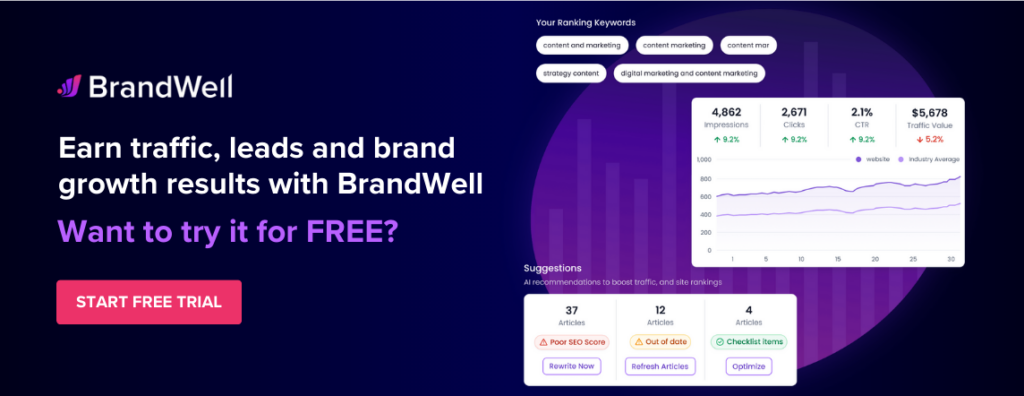Discover top guides, trends, tips and expertise from AIO Writers
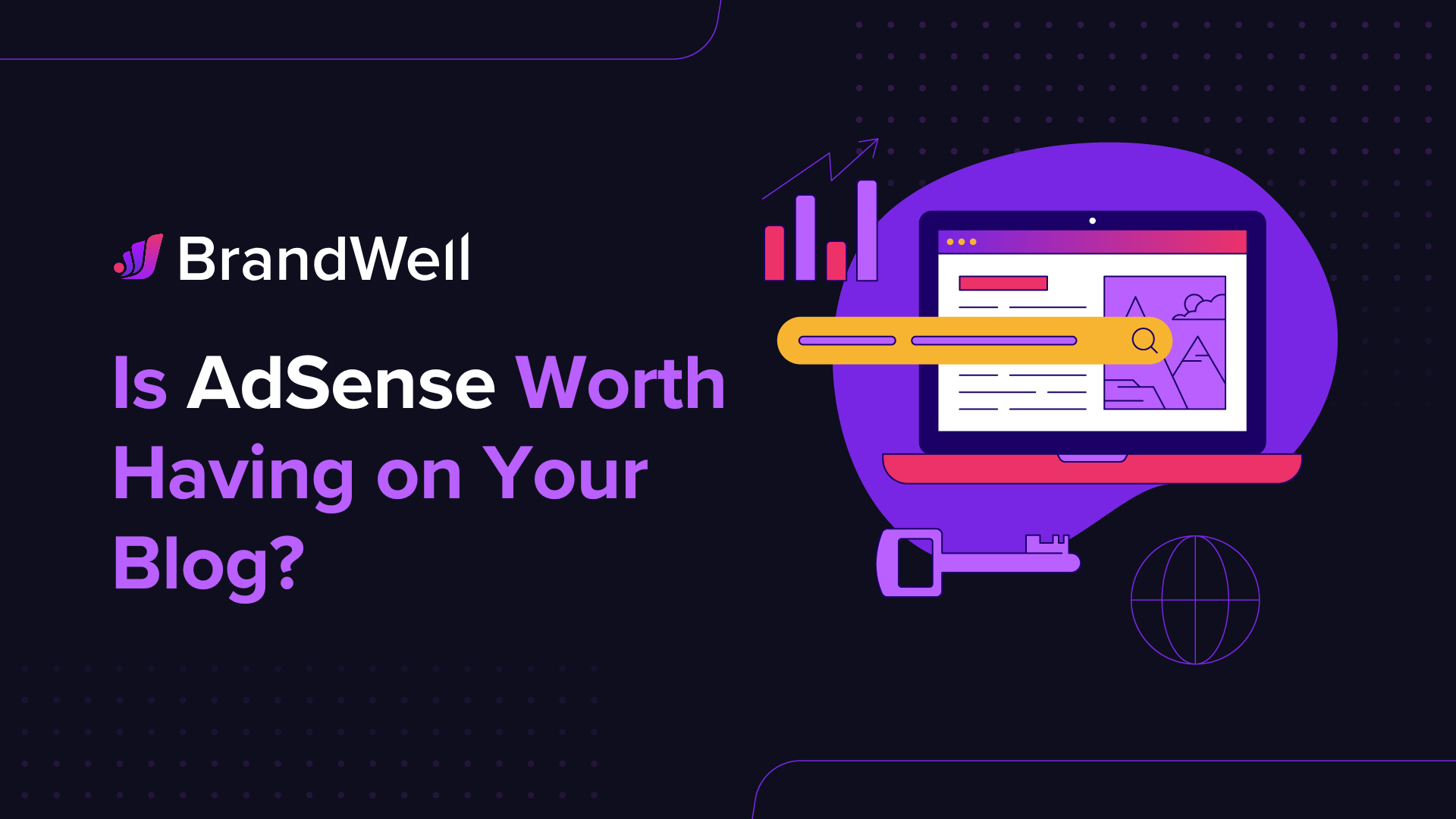
Google AdSense has more than 2 million content publishers. Every time a visitor clicks on a publisher’s ad, that publisher receives 68% of the revenue. That may seem a lot but is Adsense worth having on your blog as a blog monetization scheme?
In the current digital marketing environment, it can be hard to determine if Google AdSense will remain a beneficial tool for making money blogging. Is AdSense still profitable enough to generate a passive blogging income?
Blogs are still a viable way to make money online, but you need to make sure that you’re driving enough traffic to your blog posts. Although you’ll probably never make millions from Google AdSense, it can still be a great way of making money blogging.
So is Adsense worth having on your blog? Let’s find out.
Table Of Contents:
- Google AdSense: An Overview
- Is AdSense Still Profitable?
- Why Some Bloggers Avoid AdSense
- Is AdSense Worth Having on Your Blog?
- Best Practices for Using Google Ads on Your Blog
- FAQs – Is Adsense Worth Having on Your Blog?
- Conclusion
Google AdSense: An Overview
What is Google AdSense?
AdSense is a free program offered by Google that allows publishers to earn money from online ads. It works by displaying targeted ads on web pages, and when visitors click on the ads, the publisher earns a portion of the revenue generated from those clicks.
The amount earned is determined by having advertisers bid against each other in an auction-style system.
How Does AdSense Work?
When you sign up for Google AdSense, you’ll be given access to HTML code that you can place anywhere within your blog posts or sidebar widgets. This code will then display relevant advertisements based on what type of content appears in that area of your page.
Ads are usually served as text links or banner images with specific targeting options such as location and device type (mobile vs desktop). When someone clicks one of these ads, they’ll be taken directly to the advertiser’s website where they may purchase products or services or simply learn more about them.
In exchange for displaying these ads, you’ll be compensated with a percentage of sales made through your website as well as an amount per click-through that occurs regardless of whether it leads to a sale or not.
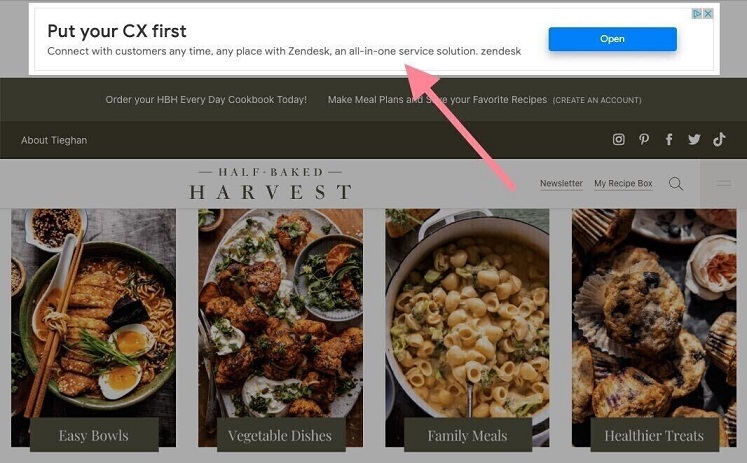
Benefits of Google Adsense
Google Adsense offers several advantages over traditional advertising methods like banners and popups, as it allows users to target very specific audiences without having to spend time creating their own campaigns or designing graphics themselves.
Google’s secure payment system eliminates the need for collecting payments from customers, saving time and money while decreasing potential fraud risks related to digital transactions.
Furthermore, this platform makes tracking performance metrics easy so you can track impressions, CTRs, eCPMs, and conversions from one convenient dashboard — making optimization efforts much simpler.
AdSense can be a great way to make money blogging, and with the correct tactics in place, it could bring in substantial ad revenue. But is Adsense worth having on your blog?
Given the ever-evolving landscape of digital marketing, it is important to consider all potential factors that may affect AdSense’s profitability this year and beyond.
Is AdSense Still Profitable?
Google AdSense has been generating revenue from websites and blogs since it was introduced in 2003.
Two decades later, it’s critical to evaluate if AdSense can still be profitable for those who want to start making money blogging.
When evaluating the profitability of Google AdSense, there are several factors that you need to consider.
The first factor is your website’s traffic volume and quality. If you have low-quality or irrelevant traffic coming to your site, then your earnings from ads will likely be minimal.
The engagement rate of the material on your website can determine how much money you make from your AdSense account. Websites with more captivating content tend to earn higher incomes.
Finally, targeting relevant keywords within ad placements can help boost click-through rates (CTR) and overall revenues from ads.
Recent trends suggest that while Google Adsense remains one of the most popular forms of online advertising for small businesses and bloggers alike, it may no longer be as lucrative as it once was due to increased competition from AdSense alternatives such as Amazon Ads and Taboola Ads.
Moreover, instead of the customary pay-per-click (PPC) model, numerous advertisers are now gravitating towards cost-per-action (CPA) structures that provide more beneficial returns for campaigns.
Weighing the pros and cons of AdSense, as well as other potential monetization options, is key to determining if it is still a viable choice for your blog niche.
Why Some Bloggers Avoid AdSense
Is Adsense worth having on your blog? Not all bloggers are enthusiastic about generating AdSense revenue. Here are some of the reasons why.
Low Payouts
One of the biggest issues with using AdSense is its low payouts. Many people find that they have to generate hundreds of thousands of visitors per month just to make $1,000 from their site. This can be discouraging, especially when compared to other methods such as affiliate marketing or sponsored posts which offer much higher returns on investment.
Even if you’re able to generate a decent amount through AdSense, it may not be worth the effort in comparison.
Site Performance Impact
Another concern with using AdSense is how it affects website performance. If you run a speed test using PageSpeed Insights, you can see just how much of an impact it makes on page loading times and overall user experience.
While some users don’t mind slower page loads due to ads, others might feel frustrated by this lack of speed and opt out before they even get around to clicking any ads.
Competition for Advertisers
There’s also competition for advertisers between different websites in your blog niches. Depending on what type of content you create and who else is vying for those same ad placements, you could end up making less than expected because someone else was willing to pay more for them.
This means that even if you have plenty of traffic coming in from organic sources like Google searches or social media shares, it still won’t translate into increased earnings since there aren’t enough high-paying ads available within your particular niche market.
No Control Over Ads Placement and Content
With AdSense, you don’t have control over where the advertisements appear on your website nor do you know what kind of content will show up next (if anything). It all depends on whether an advertiser has decided that they want their advertisement placed alongside yours – which could lead to embarrassing situations if something inappropriate shows up.
Additionally, this lack of control over placement can result in certain pages performing worse than others as far as revenue generation goes.
Ads are Too Intrusive and Annoying to Visitors
Nobody likes intrusive pop-up ads interrupting their browsing experience. Unfortunately, AdSense has no way around this issue so unless visitors willingly click through these annoying banners, then chances are they’re going to turn away from your website.
This is why many publishers prefer alternative solutions such as native advertising which allows them more control over how advertisements appear without being too intrusive.
Reduce The Quality of Your Content
Lastly, Google AdSense can reduce the quality and relevancy of certain blog topics and keywords. For example, a blog about travel destinations might not attract many relevant advertisers — thus resulting in generic banner images and text displayed within the article. This could turn off readers due to poor visuals and irrelevant ads.
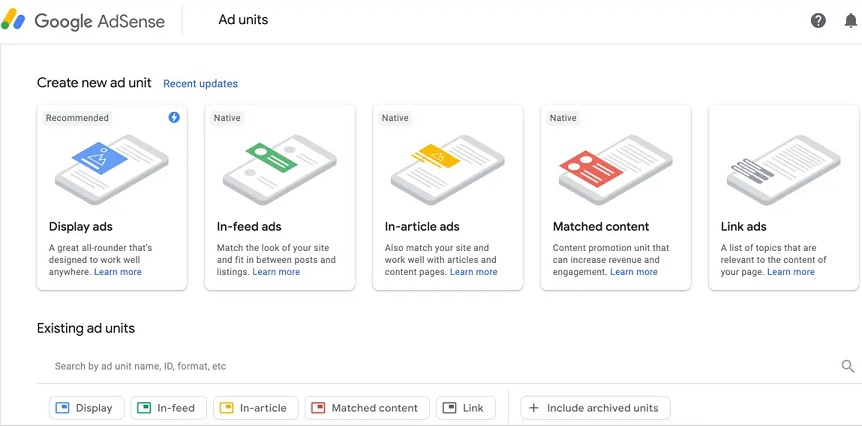


Is AdSense Worth Having on Your Blog?
If you want to make money blogging through AdSense, there are pros and cons you should consider.
Blogs make money by earning automated revenue from AdSense. It is relatively easy to set up. All you need to do is create an account with Google, add the code snippet to your website or blog, and start earning money from display ads on your blog content.
Another benefit is that there are no minimum requirements for displaying ads. Even if your site doesn’t have much traffic yet, you can still earn some revenue from clicks or impressions.
And since Google Ads has access to a vast pool of advertisers with different budgets and needs, they can often provide more competitive rates than smaller networks or direct deals with companies.
On the downside, some bloggers have found that relying too heavily on AdSense display ads can actually decrease overall revenue due to its pay-per-click model – meaning that if readers don’t click on ads frequently enough (or at all), then earnings will suffer.
Additionally, since most people now use ad blockers when browsing online, this could also reduce potential earnings from advertisements placed via Google AdSense.
Furthermore, while Google Ads may offer competitive rates compared to other networks or direct deals with companies, those same competitors may offer higher payouts depending on the type of ad product being sold (e.g., CPC vs CPM).
Finally – although this isn’t necessarily a con per se – it’s important to remember that any money earned through AdSense must be reported as taxable income by law.
Given the current online market saturation and its resulting decrease in click-through rates (CTR) and overall clicks, diversifying one’s approach toward blog monetization is necessary to remain successful.
Strategically incorporating alternative methods of monetization alongside organic SEO tactics can often yield even better results than solely relying on traditional PPC models. Examples of such alternatives include affiliate marketing programs like Amazon Associates or selling digital products such as ebooks or courses via platforms like Gumroad or Shopify Plus subscription plans.
If you don’t like to rely solely on ads for your blog’s income, there are plenty of other fish in the sea. Affiliate marketing is a great option — this involves pushing products related to your blog niche by adding links to your blog posts so readers can buy them directly. Every time someone purchases something through these links, you’ll get a commission from the sale.
Selling digital products also offers an excellent way of generating passive income. Create something valuable once and then reap the rewards multiple times over without any extra effort. This could range from ebooks to online courses which provide more value than just plain old text-based articles or posts.
When setting up ad placements on Google AdSense, it is important not only to choose where exactly they will appear on your blog pages but also how often they will show. Too many ads can cause reader frustration, leading them away from content rather than toward making purchases. Finding a balance between these two elements needs careful consideration during the initial setup stage.
Additionally, optimizing existing campaigns and tracking user engagement metrics will help ensure maximum profitability throughout the campaign. Understanding what works best with particular audiences and tailoring future approaches leads to higher ROI outcomes.
Best Practices for Using Google Ads on Your Blog
To maximize your blog’s potential with Google Ads, it is important to select the appropriate ad types for your blog niche.
Choosing the right type of ads for your audience and content strategy is key to maximizing revenue from these ad placements.
Consider the relevance of your ad placements to ensure they are in line with your readers’ interests and content strategy. For example, if you’re writing about home decorating ideas, then an ad for furniture or interior design services might be more appropriate than one for pet food.
Optimizing ads placement and performance with A/B testing and analytics tools can also help maximize revenues from Google Ads on your blog. By testing multiple ad variations (A/B) and keeping track of which ones draw the most clicks (CTR), you can figure out what format works best for each page on your blog.
Additionally, using web analytics tools such as Google Analytics will give you insight into where visitors are coming from and how long they stay on each page. This information can be used to further refine ad placement strategies so that they’re optimized for maximum profitability.
Need help writing ad copy? Entrust your content creation tasks to BrandWell — a powerful all-in-one brand growth platform that can generate ad copy in minutes using generative AI.
“George”, the copywriting expert, took less than 20 seconds to write this copy:
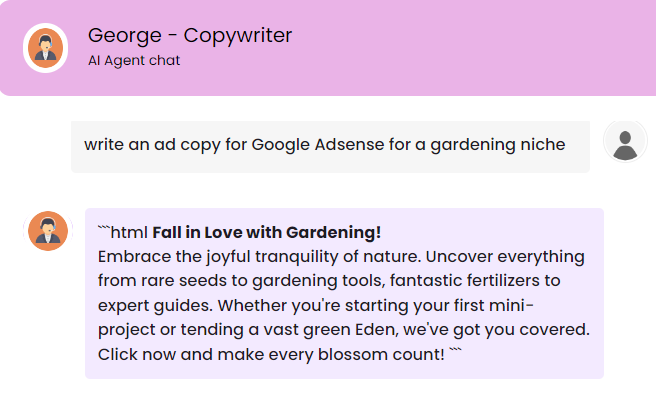

FAQs – Is Adsense Worth Having on Your Blog?
Are blogs still relevant?
If you know what’s working, starting and maintaining a successful blog is still a viable strategy for businesses.
Blogging is a great tool for engaging with customers and delivering content that can help boost brand recognition. Content marketing is key for SEO success, and blogging helps businesses build trust among their target audiences while providing valuable information about their industry or products.
Furthermore, search engines love fresh content which makes blogs essential for staying ahead of the competition online.
Is Google AdSense worth it?
For most blogs that are just starting out, Google AdSense can be one of the easiest ways to earn from advertising. But, for an established website, it’s not the only option and not necessarily the best.
Google AdSense allows publishers to tailor ads and target audiences with the potential of increased earnings. Customizing ads and targeting certain viewers can indeed boost profits.
However, AdSense also requires significant effort from publishers to maximize their returns. Understanding how Google’s algorithms work and staying up-to-date with changes are key components of success.
Overall, if used correctly, Google AdSense can be worth the time investment for successful bloggers who want to generate passive income from their WordPress blog.
Should you put AdSense on your blog?
It is possible to put AdSense on a blog, but it should be done carefully. If the content of your blog does not match up with the ads being displayed, readers may become frustrated and leave.
It is important to consider how adding AdSense will affect SEO efforts before making any decisions about implementation.
Conclusion
So, is AdSense worth having on your blog?
Although it may not be as lucrative compared to other blogging income sources, AdSense can still contribute a supplementary source of revenue and help diversify your earning channels.
If you do decide to use AdSense on your blog, make sure that you follow best practices such as optimizing ad placement and ensuring ads are relevant to the content on your site.

UNLOCK YOUR POTENTIAL
Long Headline that highlights Value Proposition of Lead Magnet
Grab a front row seat to our video masterclasses, interviews, case studies, tutorials, and guides.

